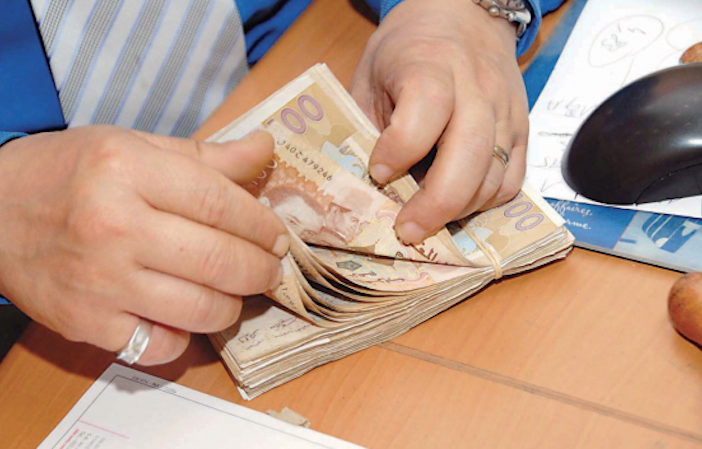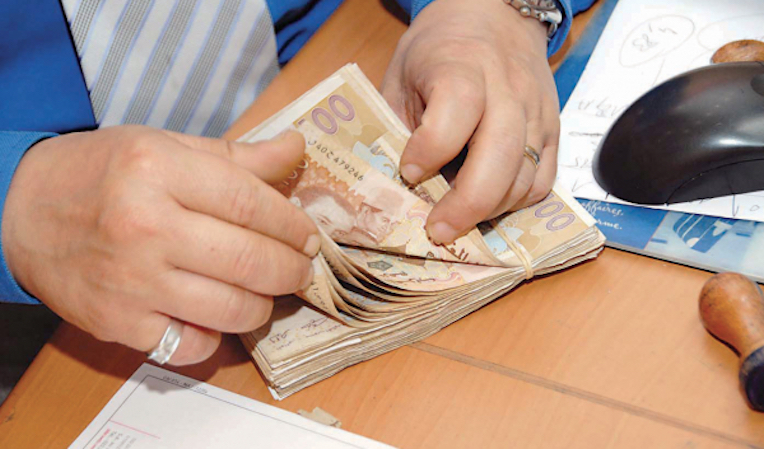Xinhuanet
Source: Xinhua
Morocco started on Monday the gradual floating of its currency dirham, whose trading ended in a very stable fashion in the first day.
After months of hesitation, the Moroccan government decided on Friday to start the gradual floating of its currency, raising the official band of dirham’s fluctuation to 2.5 percent above or below the official rate from the previous 0.3 percent.
On the first day of trading, Morocco’s dirham barely moved against major currencies. It edged down against the euro to 11.8268 from 11.7450 on the previous trading day. However, the dirham firmed marginally in the spot market to trade around 9.7974 against 9.6829.
Morocco has been working for years on floating its currency. It previously announced to take the first step to float the currency in July, 2017, but the Moroccan government decided to delay the move.
The move was partly driven by a plunge in foreign reserves as fears of a devaluation prompted a rush for dollars and euros.
The dirham is fixed via a peg that is 60 percent weighted to the euro and 40 percent to the U.S. dollar.
The first stage consists of easing this peg to allow the currency to trade in a narrow range, which will expand gradually over the coming years.
In a statement highlighting the move, the Moroccan Economy and Finance Ministry stressed on Friday the readiness of the country to adopt a more flexible exchange rate regime.
It underlined that the move is marked by favourable conditions, especially a solid financial sector, sound macroeconomic foundations, an appropriate level of foreign exchange reserves and controlled inflation.
This reform will also be supported by the continuation of structural and sectoral reforms, the statement added.
Morocco’s economy grew by 4 percent in 2017, compared with 1.2 percent a year earlier, official data showed.
The inflation rate remained around 0.7 percent in 2017, down from 1.6 percent in 2016, while the budget deficit rate dipped to 3.5 percent in 2017 from 4.1 percent in 2016.
The floating of currency is aimed at giving the Moroccan economy greater protection from external shocks, helping promoting Moroccan exports and boosting tourism revenues and remittances from Moroccans living abroad, the main sources of foreign currency.
Analysts have also cautioned that the move could also have negative impact on Moroccan importing companies and lead to rise in prices.








